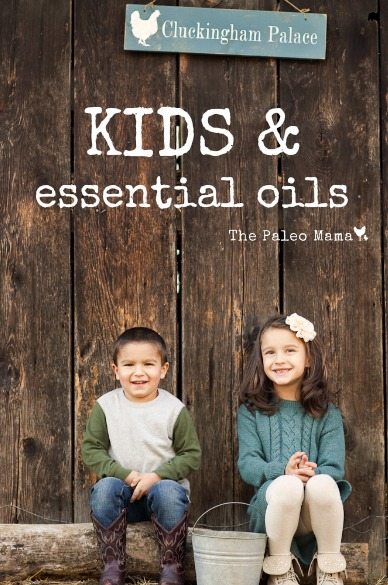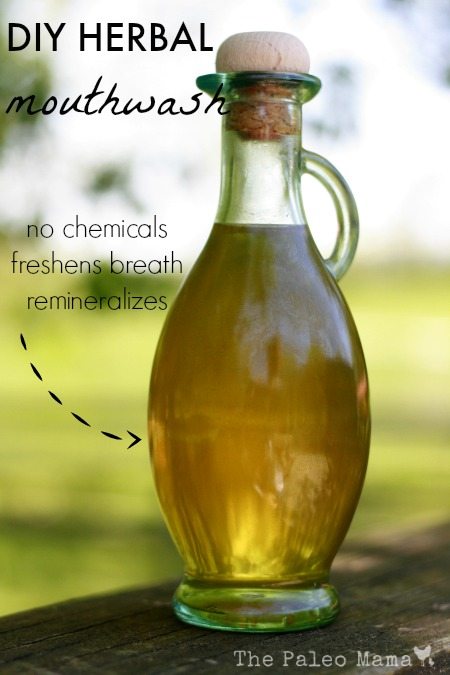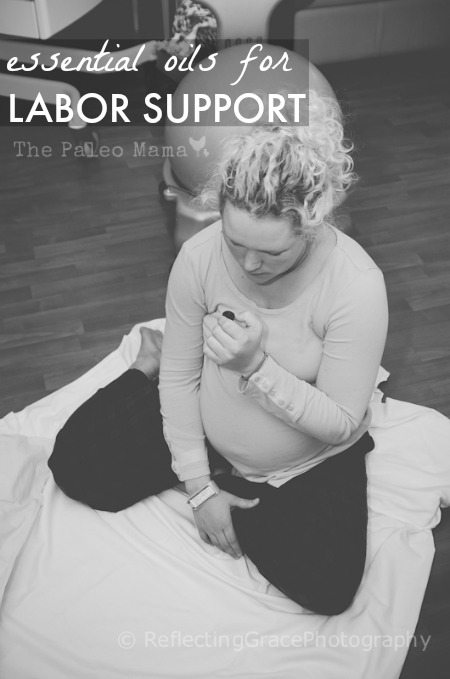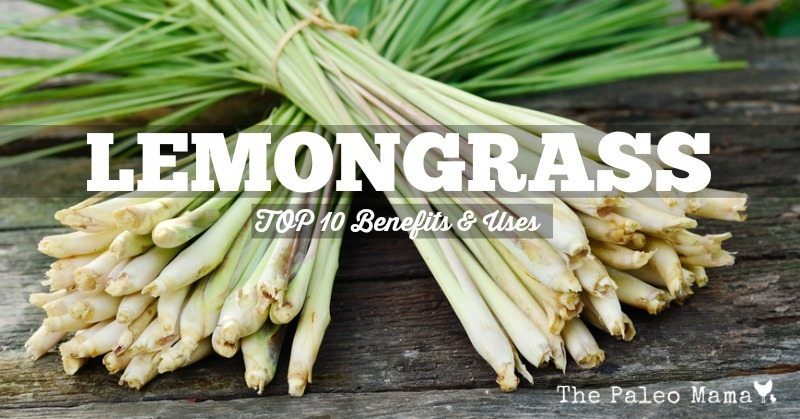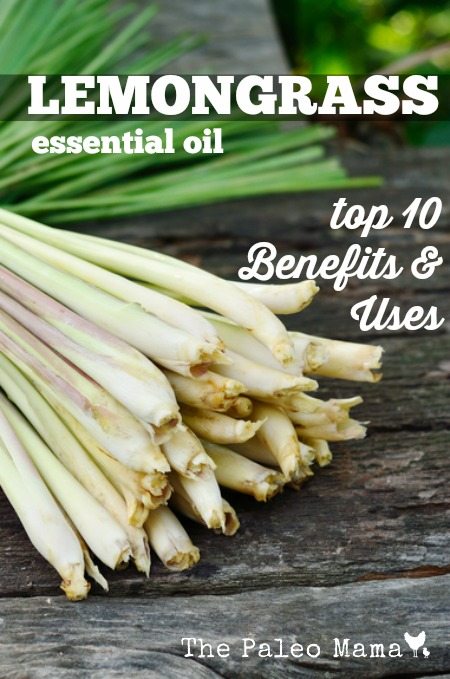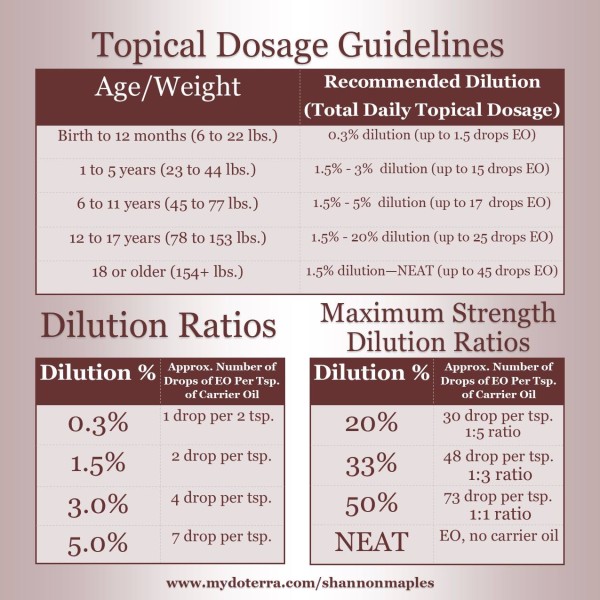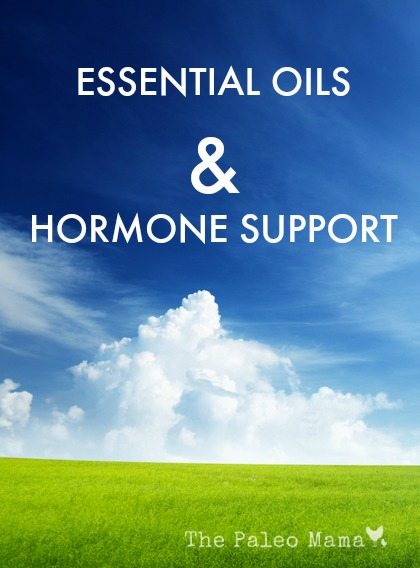
In my first post about the need to think about how you would feed your family for a year if some major disaster or emergency eliminated all other sources of food for your family, I mentioned that you also needed to include household supplies, medicine, personal care items and food preparation tools. Today, I want to talk about these non-food items, these top 40 household items for your emergency storage.
We will consider non-food items in three important categories: household, medicine & personal care, and kitchen items.
This is the 3rd post in a series I’ve done on how to get your family prepared for emergencies. The first post was 5 things to consider when stockpiling food for your family. And the 2nd post was a weekly plan on how to use $10 a week to build a years worth of paleo groceries.
Category 1: Household Products
No matter how much food you have stored up for an emergency, it will still be an emergency situation if you do not have things like bottled water, soaps, matches, and toilet paper.
When you are developing your emergency food storage plans, be sure to include essential household products on your master list. There are many economical ways for you to accumulate these. Discount stores, close-out opportunities, dollar stores, and neighborhood garage sales are all possibilities. Just be sure you are adding these to your storage accumulation.
There are several online lists of household products to store that you can find. I have reviewed several of these, and will give you a list of 10 important items you will need for sure. Be sure to do your own research to discover other things you will want to have on hand. Two good online lists you can review are HERE and HERE.
Top 10 Household Products to Have:
- Bottled water (we keep a travel Berkey for this purpose)
- Toilet paper and paper towels (or tons of washcloths for cloth toilet paper)
- Lamp oil and candles
- Large boxes of kitchen matches or Bic lighters
- Body, Dish and Laundry soap
- Assorted plastic bags (food storage, garbage bags)
- Bleach or peroxide (I use white vinegar in place of bleach)
- Household cleaners
- Lighter fluid or charcoal
- Mop, cleaning rags, brushes, towels, etc.
Category 2: Medicine and Personal Care Products
Let me first talk about storing medicines. Begin by listing all of the necessary medicines each family member must have available. I am not talking about prescriptions, because it may be next to impossible to have a one-year supply of prescription medicines. But there are other topical medicines, OTC products and things like bandages, sterile pads, and tapes that you may need.
THIS is a wonderful list of items that you should store in a first-aid kit. I recommend that you use that as the start of your own list of medicines to store. This creative mom uses a fishing tackle box to hold her first aid supplies. It is particularly exciting to me to see that right there in the midst of her other supplies are her favorite essential oils. As you know, I love my essential oils, and would highly recommend that you consider their benefits in your emergency storage plan also. Essential oils have been used by thousands throughout hundreds of years, and can be used for many health-related needs and their shelf live can surpass 10 years if stored properly!
Top 10 Essential Oils to Have:
- Lavender—Useful for soothing baths, diffusing for a good night’s sleep, applying to cuts and scrapes, and even for minor aches and pains.
- “Protective” blend—This is the powerhouse oil to keep your immune system strong.
- Frankincense – the most precious of essential oils in the ancient world. It’s a powerful addition to your medicine cabinet.
- Melaleuca “Tea Tree” oil- first aid for the skin
- “Soothing“Blend – a blend of wintergreen, camphor, peppermint, blue tansy, blue chamomile, helichrysum, and osmanthus which aids in muscle and joint support
- Peppermint – relieve minor head tension and use in toothpaste recipe and for pest control
- Lemon – natural cleanser
- “Respiratory” Blend – helps support your respiratory system and open and clear airways.
- Oregano – natural immune support
- “Digestive” Blend – helps provide digestive relief
You can purchase all these oils in a wholesale starter kit at a discount price!
Many of the personal care products you may need use the SAME ingredients. So I recommend you have these items on hand so that you can make the products you need in an emergency situation.
Top 10 Personal Care Ingredients to Have:
- Coconut Oil – to wash your face with and to use as a base for deodorant, salves, and soap
- Bentonite Clay – to make toothpaste, tooth powder, deodorant and baby powder
- Shea or Cacao Butter – to make lotions, rubs, and salves
- Beeswax – to help lotions and salves hold form and to use to make candles and soap
- Essential Oils – to be used in nearly EVERY personal care recipe and home cleaning recipe.
- Baking Soda – to make deodorant, laundry soap, and to even wash your hair with
- Apple Cider Vinegar – to use as a hair conditioner and to promote many other health benefits.
- Olive and Almond Oil – to use as a facial serum or moisturizer and used to make salves
Don’t forget to keep razors, aspirin, tylenol, and personal make-up products on hand if you think you will need them.
Category 3: Top 10 Essential Kitchen Items
The final category of products to be sure you include in your storage plans would be essential kitchen items you will use. It won’t do you any good to have cans of food if you do not have a can opener, and the frozen meat in your freezer will stay useless without the pans to prepare it in.
Here are some of the kitchen items I consider indispensable to me when I’m thinking about my emergency food storage.
- Can opener
- Cast iron/stainless steel cookware
- Roasting pans
- Cooking utensils
- Measuring cups and spoons
- Kitchen knives
- Dishes or Paper products for serving food
- Silverware or plasticware
- Kitchen tools like mixers, blenders, graters (Be sure you have some non-electric ones in case of widespread power outages.)
- Quantities of plastic bags, foils, wax papers, or plastic wrap.
You can find more information in these kitchen items online HERE.
Now you are ready!
If you will incorporate some of the information I’ve given you in these three blogs on an Emergency Food Storage plan, and begin your own stockpiling, you will be ready for whatever comes our way. It would be our hope that it never becomes necessary to have only our cache of food and supplies to live on, but as with many other things in life today, it’s better to be safe than sorry.
Best sure to check out the rest of the blog posts in this series:
Resources
- https://www.granny-miller.com/use-this-tool-to-help-plan-a-years-worth-of-food-supplies/
- https://www.granny-miller.com/a-years-worth-of-food-supplies/
- https://thesurvivalmom.com/38-must-have-kitchen-items-for-any-survivalist/
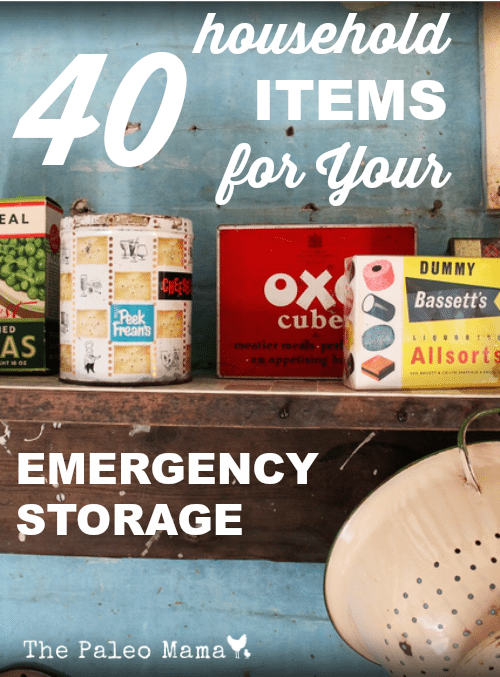
 There are many other beneficial uses that I and others have found for essential oils with children. Essential oils have been in use for thousands of years, and I want to share with you some ways you can use the natural power of plants and essential oils to assure that you are helping your children to reach optimal health and well-being.
There are many other beneficial uses that I and others have found for essential oils with children. Essential oils have been in use for thousands of years, and I want to share with you some ways you can use the natural power of plants and essential oils to assure that you are helping your children to reach optimal health and well-being. 
